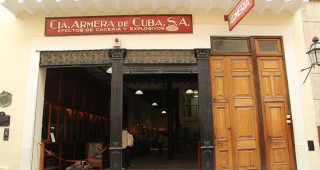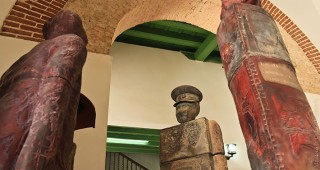The idea of building this square emerged in the 1940s, when an international contest was organized to erect a monument to honor José Martí, Cuba’s National Hero. In 1943 the project was finally approved. Several years passed by and in 1952, just before the 100th anniversary of the birth of José Martí, a government commission rejected the winning project and chose the design that got the third place, claiming that a vertical structure would be more appropriate. This decision was controversial, mainly because one of the authors of said design was no other than the Minister of Public Works. Due to a lack of funds, a public collection was made to raise the necessary money and the monument was finally built.
Construction works for the square were executed without carrying out the appropriate urban study and, additionally, no regulations were issued concerning the surrounding buildings. Nonetheless, the historical value of Plaza de la Revolución (until 1959, called Plaza Cívica) has increased exponentially ever since it was built, being the venue of many of the principal celebrations and events related to the Cuban Revolution. It is a must when doing a sightseeing of the city due to its political importance. This is where Labor Day is celebrated in Havana City every May 1st and where Pope John Paul II held a mass during his visit to Cuba in 1998.

















 Modern
Modern








